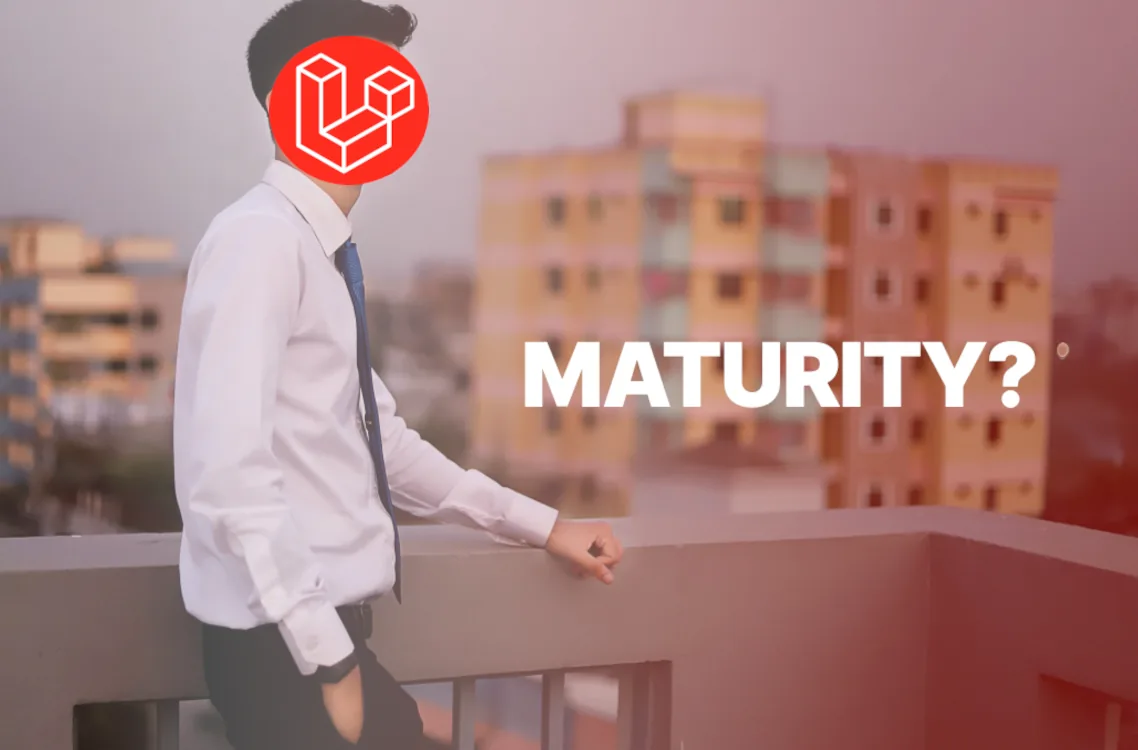
If you are a Laravel developer, you know the drill: every major release feels a bit like a rollercoaster ride - exciting, but also terrifying. “Will my app still work? Did they change everything again?!” Cue the panic, the frantic Googling and the late night debugging sessions. Slight exaggeration, but you get the idea :)
By now, you may have heard that Laravel 12 comes with minimal breaking changes. It’s as if Laravel has decided to mature, opting for stability and refinement over constant reinvention. This shift means fewer surprises and a smoother transition for developers upgrading to the latest version.
So, is Laravel 12 the framework equivalent of a responsible adult? Let’s find out.
Laravel’s Growing Pains: From Wild Child to Thoughtful Teen
Remember when Laravel was that energetic kid who just couldn’t stop trying new things? New features, new syntax, new ways to do stuff - sometimes all at once. It was exciting but also a bit exhausting. Upgrading felt like trying to fit a square peg in a round hole while blindfolded.
Laravel has a history of introducing flashy new features and then sometimes quietly ditching or replacing them shortly after. For example:
- Breeze and Jetstream: These popular starter kits for authentication and scaffolding were the go-to for a while, but Laravel 12 introduced new starter kits for React, Vue, and Livewire that are gradually replacing them.
- Laravel Sail: The Docker-based dev environment was a big deal, but recent updates have shifted focus away from Sail’s prominence, hinting at changes in how Laravel wants developers to approach local development.
- Bootstrap CSS: While TailwindCSS is better than Bootstrap CSS in a number of ways, a sizeable chunk of the developer community still want the option to use Bootstrap as they wish. Unfortunately, newer versions of Laravel make it painful, if not impossible, to take full advantage of Laravel while using Bootstrap.
There are many examples like these. They show Laravel’s willingness to experiment and pivot quickly - sometimes to the delight, sometimes to the frustration of developers.
What’s So Special About Laravel 12?
Here’s the skinny:
- Minimal Breaking Changes: Laravel 12 isn’t trying to reinvent the wheel - it’s just giving it a nice polish. That means fewer “uh-oh” moments during upgrades.
- Refinement Over Reinvention: Think of it as Laravel going from a flashy sports car to a smooth, reliable sedan. Still fast, but way less likely to break down.
- Better Upgrade Experience: Clearer guides, fewer surprises, and less hair-pulling. Your future self will thank you.
- PHP 8.2 to 8.4 Support: Because Laravel likes to keep up with the cool kids on the PHP block.
Why Minimal Breaking Changes Could Mean More Enterprise Adoption (and More Jobs!)
Stability is not just about making developers happy (though that’s a big plus). It’s also a huge deal for businesses and enterprises.
- Enterprises want frameworks that don’t suddenly break their apps every six months.
- Minimal breaking changes mean easier, less risky upgrades.
- That encourages companies to bet on Laravel for long-term projects.
- And more enterprise adoption means more job opportunities for PHP developers skilled in Laravel.
So, if Laravel is indeed shifting gears towards stability, it could open doors for more serious, large-scale Laravel projects - and that’s great news for the community.
But Will Laravel Stay This Course?
Here is where I get a bit speculative (and you can call me out if I’m wrong)...
Laravel’s shift towards minimal breaking changes and stability seems to coincide with a bigger strategic move. Historically, Laravel seemed to generate a lot of revenue from tooling. That may have influenced their tinkering attitude as they sought to innovate and bring developers helpful paid products. With the recent Series A investment and the subsequent launce of Laravel Cloud, it looks like the ecosystem is pivoting towards hosting and hosting related services as primary revenue streams.
This may explain why Laravel 12 focuses on refinement and stability: a shift of mentality from the tinkering attitude. That said, I don’t know if this “stability era” is permanent or just a calm before the next storm. Will Laravel keep the party hats off for good? Or will future versions bring back the wild innovation (and occasional headaches)?
Only time will tell. But for now, Laravel 12 seems to be catching up to stable frameworks like Yii and Ruby On Rails in terms of maturity - and that is worth raising a glass to.
Final Thoughts
Laravel 12’s minimal breaking changes aren’t just a boring technical detail - they’re a big deal. It’s Laravel saying, “Hey, I’m grown-up now. You can count on me.”
So go ahead, upgrade with confidence. Your future self (and your sanity) will thank you.
